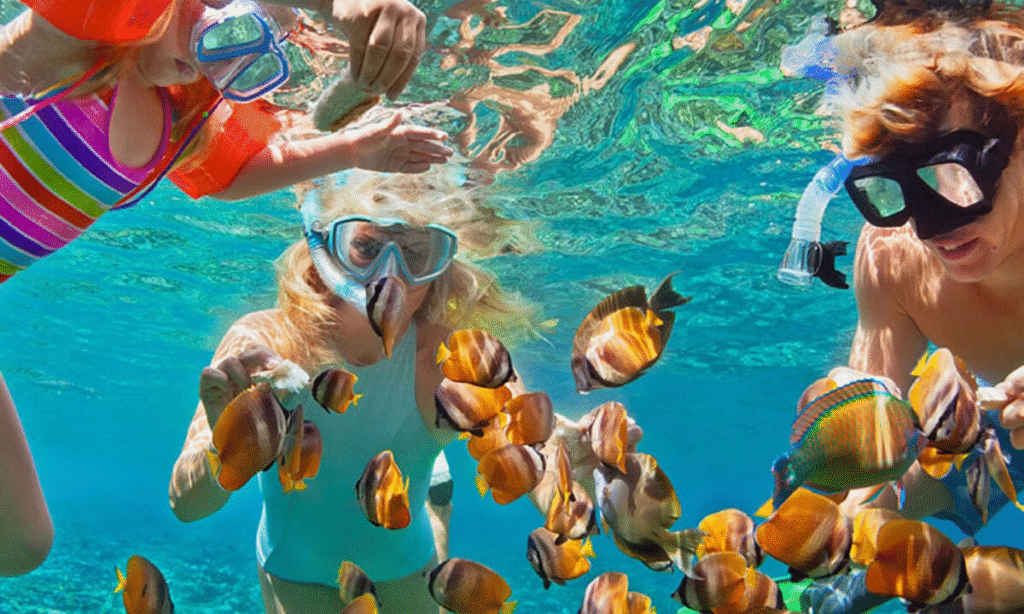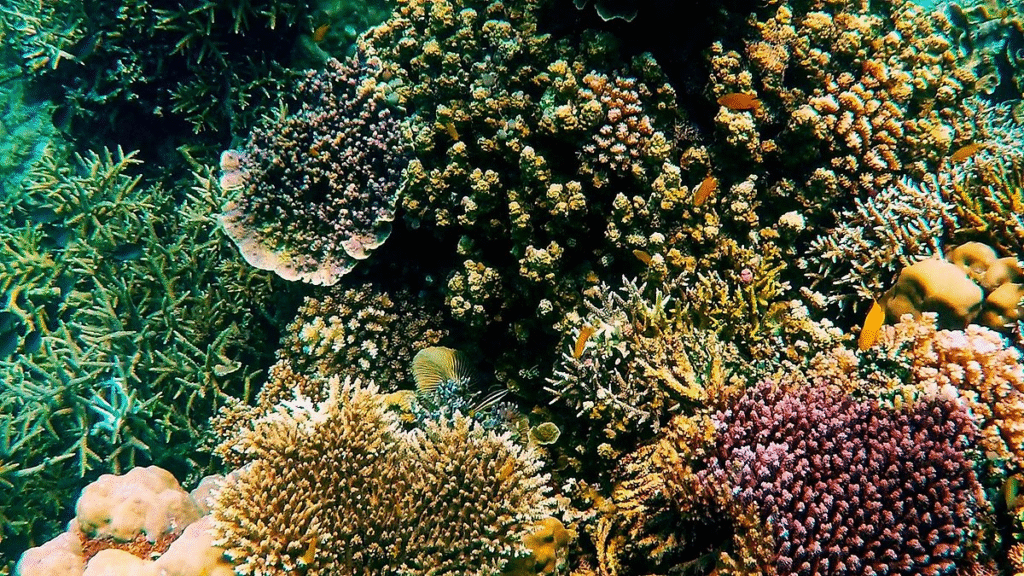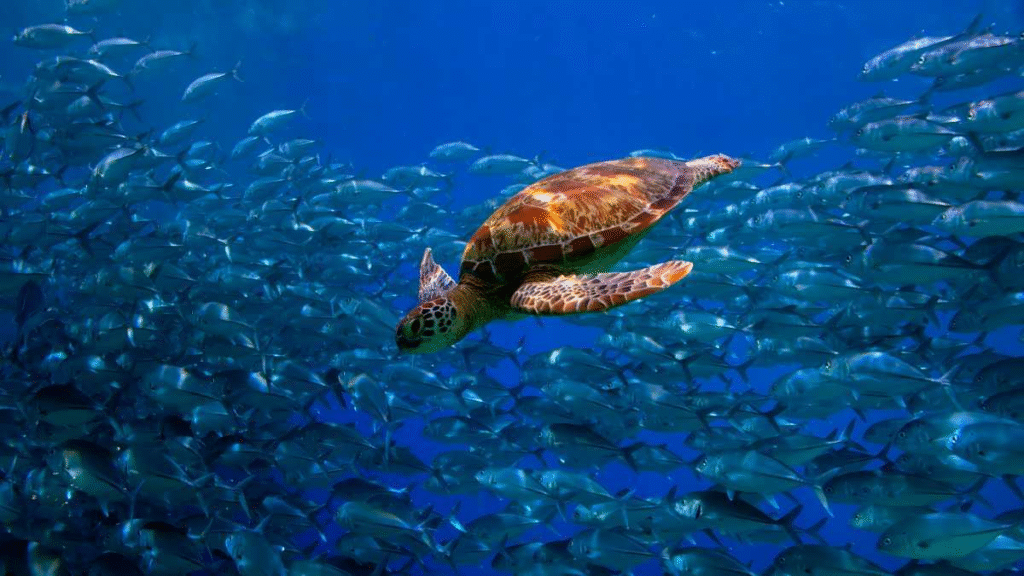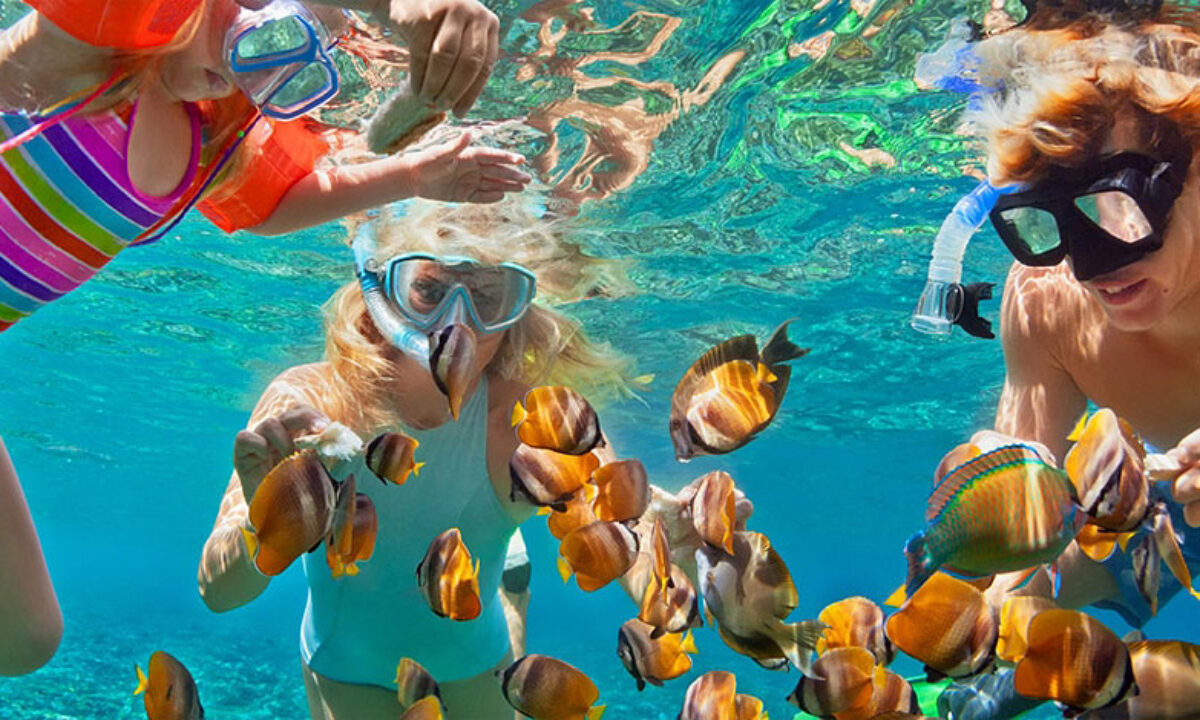At a Glance
- Malindi Marine Park, established in 1968, is Kenya’s first marine park and a UNESCO biosphere reserve.
- Visitors can explore coral reefs, dolphins, sea turtles, mangroves, and historic landmarks like the Vasco da Gama Pillar.
- The park offers snorkeling, diving, birdwatching, glass-bottom boat tours, and cultural excursions, making it one of East Africa’s top marine safari destinations.
Along Kenya’s Indian Ocean shoreline, Malindi Marine National Park has long stood as one of Africa’s most remarkable marine sanctuaries.
Established in 1968, it became the country’s first marine park and later earned recognition as a UNESCO biosphere reserve in 1979.
Today, it remains a vital example of ocean conservation while offering visitors an unforgettable experience where natural beauty, cultural history and adventure come together.
For travelers, Malindi offers more than scenic views.
It is a place where Kenya’s conservation story meets the rhythm of coastal life.
Families, nature enthusiasts and divers alike can immerse themselves in one of the richest marine habitats on the continent.
With coral gardens, seagrass beds and mangroves supporting dolphins, turtles, reef fish and migratory birds, the park is as much a living classroom as it is a tourist destination.
Its importance goes beyond ecology.
Malindi’s history is written along its shores, with landmarks like the Vasco da Gama Pillar recalling centuries of trade that connected East Africa to the wider world.
Here, conservation and culture blend seamlessly, offering travelers a rare chance to explore both natural ecosystems and historical milestones in one setting.

A landscape rich in biodiversity
Located just south of Malindi town and stretching toward Watamu, about 118 kilometers north of Mombasa, the park spans only six square kilometers yet shelters an extraordinary range of habitats.
Coral reefs host colorful fish, mangroves provide nurseries for marine species and seagrass beds support delicate ecosystems.
Accessibility sets Malindi apart from other reserves.
Visitors can take glass-bottom boat rides across turquoise waters, snorkel above coral gardens or watch dolphins leap in the surf.
For families, sandy beaches double as nesting grounds for turtles, including the green and hawksbill species, offering a rare chance to see conservation in action.
The park also sustains local communities.
Fishermen rely on its waters for livelihoods through regulated practices, proving that economic activity and conservation can thrive side by side.
This balance has made Malindi not only a jewel of marine tourism but also a model of sustainable development in the region.

What to see and do in Malindi Vasco da Gama Pillar
Erected in 1498, this iconic monument commemorates the Portuguese explorer’s voyage through the Indian Ocean, marking a key chapter in global trade.
The pillar remains one of East Africa’s most important historic sites.
Mida Creek
A short drive away, Mida Creek covers 12 square kilometers of mangroves and tidal flats.
It provides critical habitat for more than 200 bird species, including the endangered Madagascar pond heron, and serves as a nursery for fish, crabs and prawns.
Colorful Coral Reefs
Underwater explorers can expect to see butterflyfish, angelfish, parrotfish and triggerfish darting through coral formations.
Hard and soft corals create a dazzling underwater landscape, making the area one of Kenya’s top diving and snorkeling sites.
Sea Turtles
The park remains a nesting site for green, hawksbill and the rare leatherback turtle.
Conservation programs allow visitors to witness these ancient creatures while contributing to efforts that protect them for future generations.

Planning your visit
Malindi enjoys a tropical climate year-round, but the best months for marine activities are June to September and January to March.
These dry seasons bring calm seas and clear skies, making them ideal for snorkeling, diving and wildlife spotting.
April to June and October to December bring heavier rains, which enhance the coastal greenery but reduce underwater visibility.
Visitors can choose from a variety of activities, from birdwatching at Mida Creek and Arabuko-Sokoke Forest to guided nature walks through mangrove forests and the ancient ruins of Gedi.
For thrill-seekers, the coast offers jet skiing and parasailing, while fishing enthusiasts find some of the best catch-and-release experiences in East Africa.
Why Malindi stands out
Despite its compact size, Malindi Marine National Park delivers a rare combination of biodiversity, accessibility and cultural heritage.
It’s one of the few places where travelers can dive alongside turtles in the morning, explore centuries-old monuments by afternoon and enjoy sunset views over the Indian Ocean by evening.
For Kenya, the park is more than a tourist attraction.
It symbolizes a commitment to protecting marine ecosystems while preserving the cultural history of the Swahili coast.
For travelers, it’s a reminder that some of the most rewarding safari experiences happen not on land, but beneath the waves.





